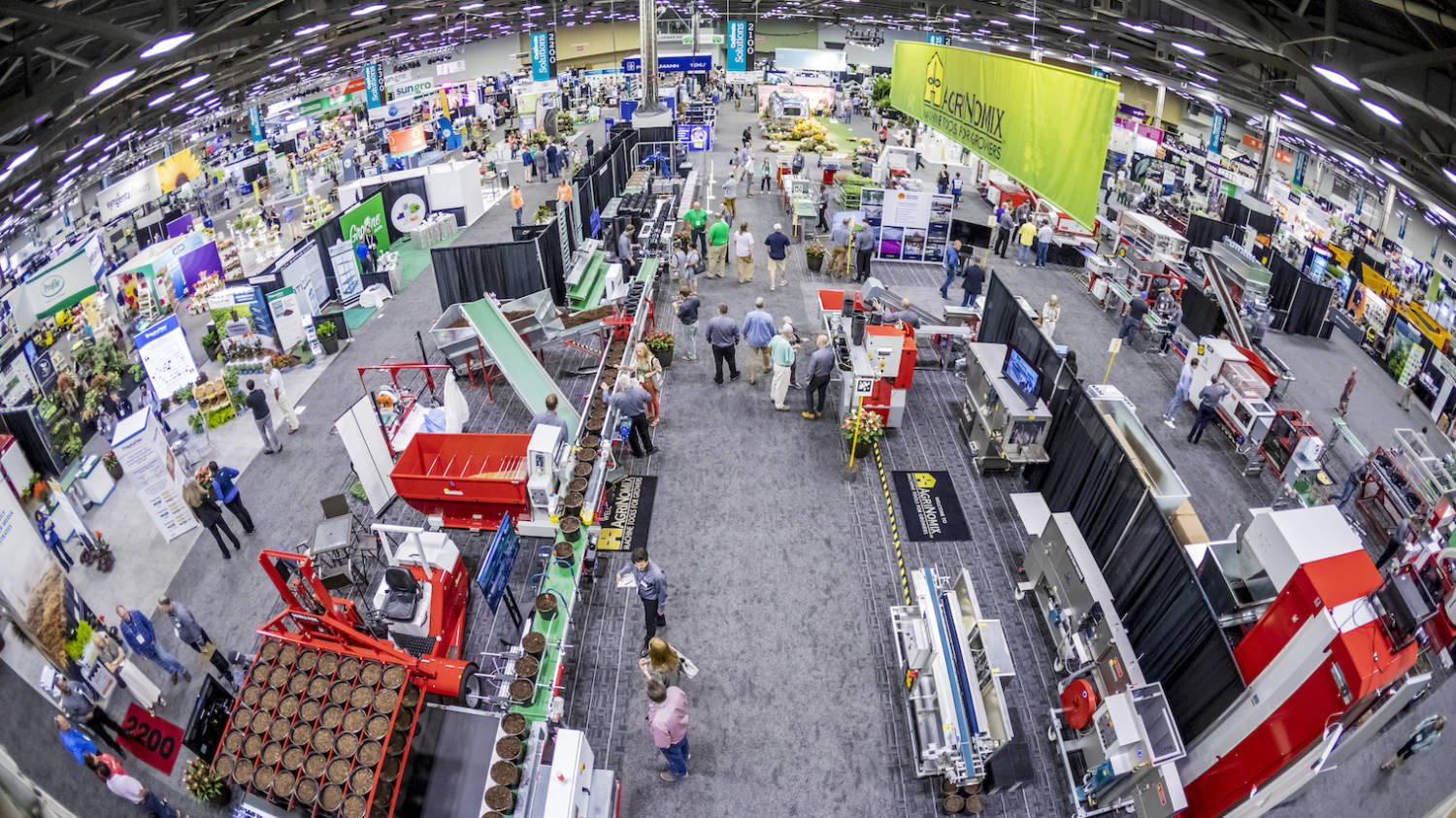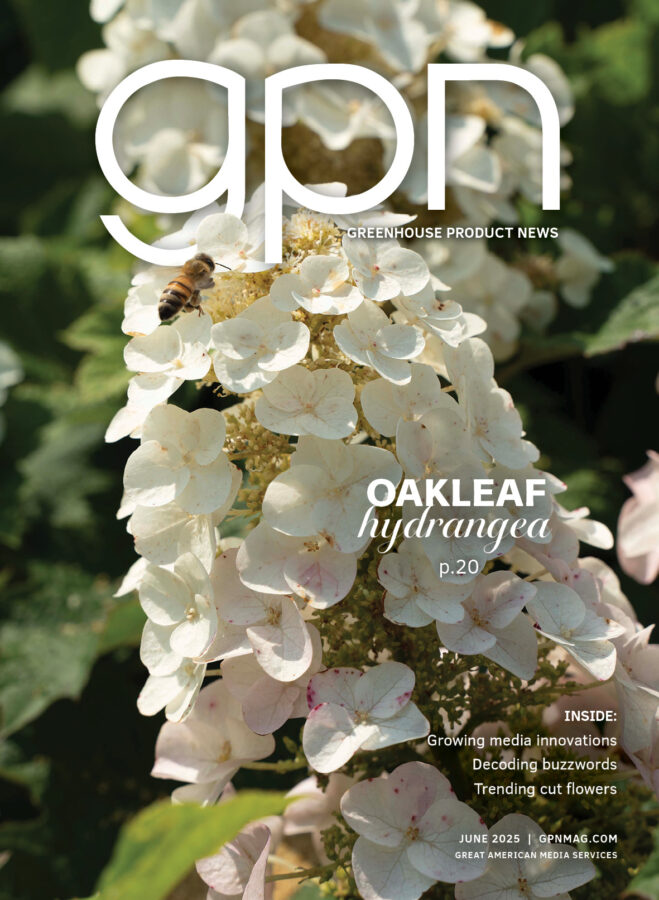Dr. Bugs: Challenges of biological control agents
Answer: Greenhouse producers should understand that BCAs may not be effective in managing insect and/or mite pests on all plants.

Certain horticultural plants that have leaves with high numbers of trichomes or hairs (Figure 1) can negatively affect the searching efficiency of parasitoids and predators by influencing movement, which can decrease the BCA’s ability to locate prey.
PARASITOIDS
Leaves with trichomes can affect the searching efficiency of parasitoids by altering walking speeds, increasing the time required to locate prey. For example, leaves of transvaal daisy (Gerbera jamesonii) with high numbers of trichomes can impede the searching efficiency of the greenhouse whitefly parasitoid (Encarsia formosa) (Figure 2).
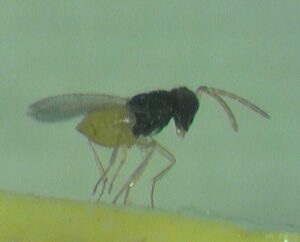
Trichomes on cucumber (Cucumis sativus) leaves can decrease the walking speed of E. formosa, resulting in the parasitoid spending more time searching for greenhouse whitefly larvae.
Leaves with glandular trichomes, such as tomato (Lycopersicon esculentum), can impair movement and increase searching time (Figure 3) by producing a sticky exudate that entraps or adheres to the body of parasitoids, leading to the parasitoids grooming themselves instead of searching for prey.

For instance, the sweetpotato whitefly parasitoid (Eretmocerus eremicus), is entrapped in the sticky exudate of glandular trichomes of certain plants, inhibiting its ability to locate whitefly larvae.
PREDATORS
Chrysanthemum (Dendranthema x grandiflorum) leaves with trichomes can impede the movement of the predatory mite (Phytoseiulus persimilis), which reduces the encounter rate with its prey — the twospotted spider mite (Tetranychus urticae). Phytoseiulus persimilis is more successful in managing twospotted spider mite populations on eggplant (Solanum melongena) and tomato compared to pepper (Capsicum annuum) and cucumber, which may be associated with the variability of the number of trichomes among the different plant types. Tomato leaves with high numbers of trichomes inhibit the ability of the predatory mite, Neoseiulus californicus, to locate populations of the twospotted spider mite.
The whitefly predatory beetle (Delphastus catalinae) feeds on fewer whiteflies, and females lay fewer eggs when searching for whiteflies on poinsettia (Euphorbia pulcherrima) leaves containing a lot of trichomes. Tomato leaves having many trichomes decrease the walking speed of the minute pirate bug (Orius insidious) (Figure 4) when searching for western flower thrips (Frankliniella occidentalis).

Glandular trichomes associated with tobacco (Nicotiana tabacum) leaves decrease the searching efficiency of green lacewing (Chrysoperla carnea) larvae.



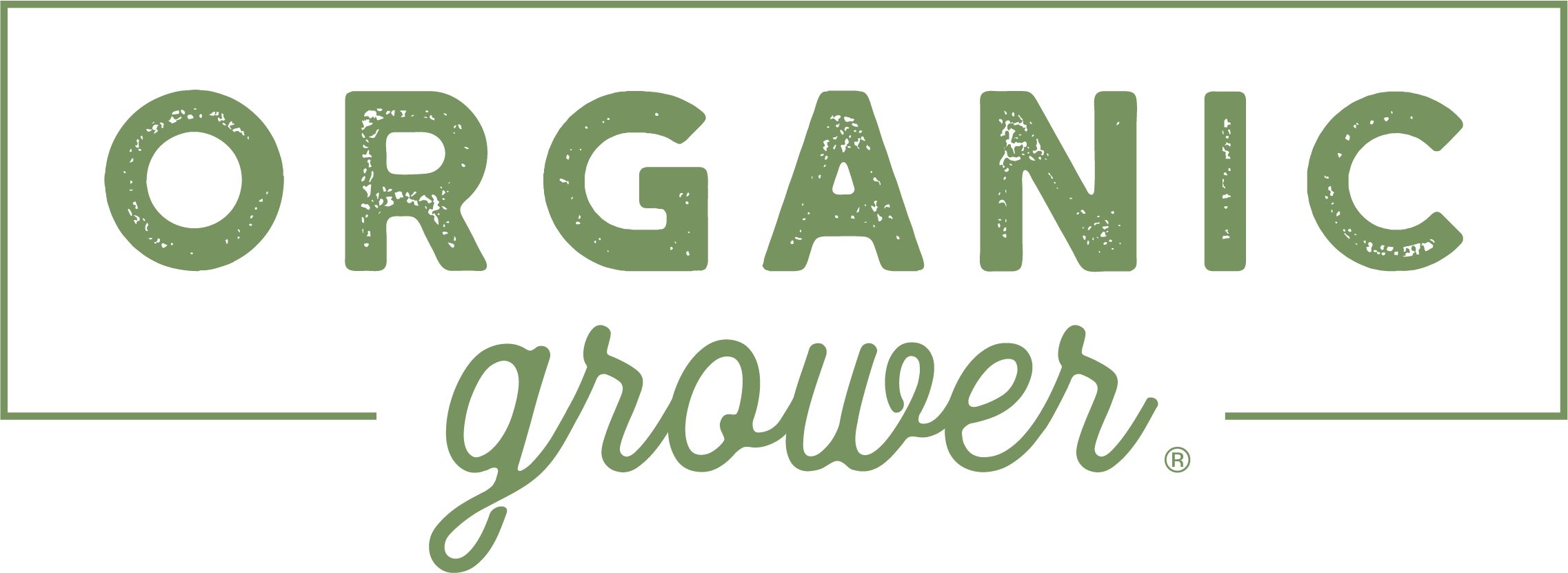




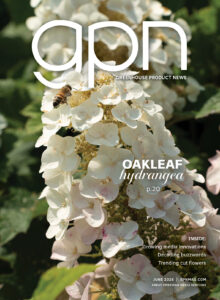
 Video Library
Video Library 
